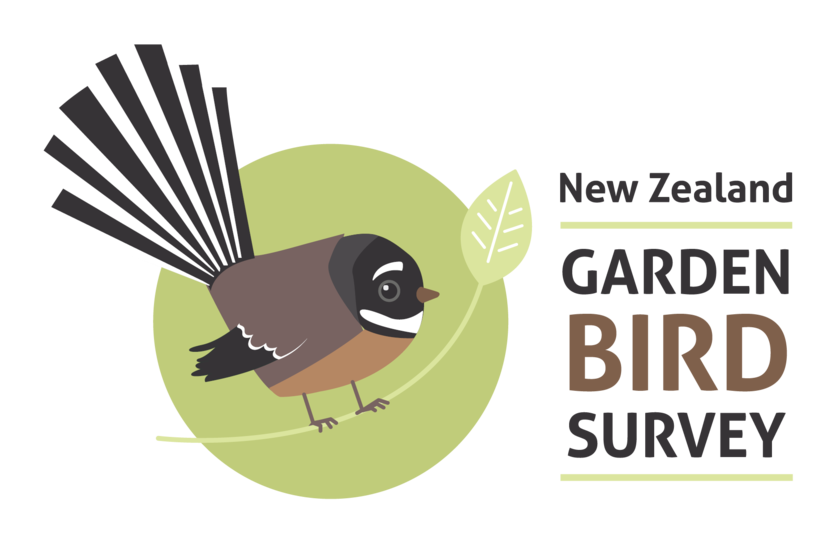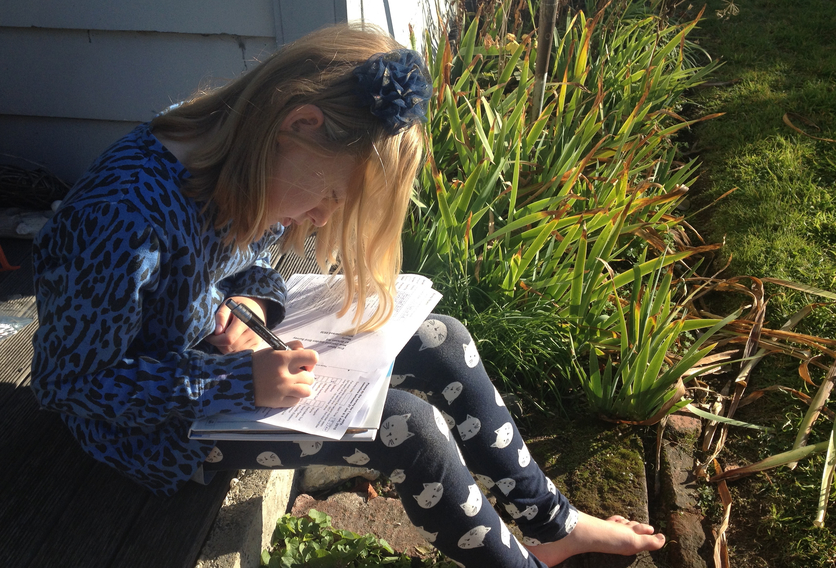This New Zealand-based citizen science project aims to collect data about the types and numbers of common garden birds in our own backyard. This is done once annually during a particular window of time, usually for 1 week starting at the end of June, and the results contribute to New Zealand’s knowledge and monitoring of garden bird species and the health of the environment we live in.
Participation in the project requires you to be able to identify types of birds, with plenty of resources to support this. Opportunities for discussions around critiquing evidence (How many birds have we seen?, How do we know that we didn’t count one bird twice?) are huge, as is the potential for practising interpreting data from previous years’ surveys.
Our context for learning offers ideas for getting started and making the most of the survey.
URL: https://gardenbirdsurvey.nz/
Reach: Regional, national
Nature of science focus: Online citizen science (OCS) projects can be used to develop any of the Nature of Science (NoS) substrands. What is important is to identify aspects of NoS that your students need to be better at or understand more fully. Then frame your unit to be very clear about these things when you do them.
Science capability focus: Gather and interpret data, Critique evidence, Interpret representations
Science focus: Ecology – bird identification and species distribution
Some suggested science concepts:
- Birds can be identified by their external features.
- Birds have adaptive features – structural (beaks, feet) or behavioural (calls, migration) – that enable them to survive.
- Each bird species can be classified as being native, endemic, introduced, and/or endangered.
- Bird species are adapted to live in their particular habitats.
- Different birds live in different habitats. For example, introduced birds are more common in our towns than native species – their adaptations better enable them to live in close contact with people and mammalian predators.
- Changes in habitat can affect the survival of living organisms in an area, and the relationships between them.
- Populations are living organisms of the same species living in the same area at the same time.
Many concepts could be learned – focusing on a few can often be more powerful. Develop your learning outcomes and success criteria from these concepts as well as the Nature of Science strand and the science capabilities.
Some examples of learning outcomes:
Students can:
- collect bird observations independently
- discuss the strengths and weaknesses of the data collection method
- identify local birds by their external features
- compare adaptive features and explain their role in a bird’s survival.
About Garden Bird Survey
The NZ Garden Bird Survey is a national project helping our scientists monitor bird populations in gardens, parks and schools over time. Students can learn about birds in their area and participate in a bird count during the national week of data collection. Resources are provided online to assist with this.
Ko te manu i kai ana i te miro nōna te ngahere,
Māori proverb
ko te manu i kai ana i te mātauranga nōna te ao.
The bird that consumes the miro berry owns the forest,
the bird that consumes knowledge owns the world.
The New Zealand Garden Bird Survey has been running since 2007, providing extensive data to look back through and consider. While you can’t access your own data or compare data between schools (locally or nationally), this is a direction Manaaki Whenua – Landcare Research would like to take the website in the future. In the meantime, there are fabulously displayed results available for rich class discussions and developing the science capability ‘Interpret representations’.
Several resources are provided to support teachers throughout the survey, such as a series of short videos including a 2-minute clip likening gardens to layer cakes and showing that different birds can be found in different layers depending on what they like to eat. Discussions around scale and the comparative size and weight of birds is supported by another short video introducing the Chocolate Fish Index. A LEARNZ Virtual Field Trip and DOC’s ‘experiencing birds in green spaces’ resource about the New Zealand Garden Bird Survey are also available. There are online quizzes for testing your bird identification skills and knowledge including Māori bird names. There is also an online collection of almost 200 images available to support educators putting together their NZ Garden Bird Survey activities.
Through the website, it is possible to connect with a real scientist, and there are opportunities to share your work, findings and questions through social media.
Nature of science
Using this OCS gives opportunities to discuss how New Zealand scientists might use the collective data from sightings to monitor species over time, including population numbers and distributions. Students can also consider the challenges for scientists in collecting large datasets themselves and appreciate how involving citizen scientists makes the scientists’ findings more valid.
The article Te Tatauranga o ngā Manu Māra o Aotearoa – resources for kura curates resources created for kura to inspire, enlighten and extend learning for tamariki. The resources are in English and te reo Māori.
Related content
The PLD planning article New Zealand Garden Bird Survey – a context for learning offers ideas for getting started and making the most of the annual New Zealand Garden Bird Survey.
Our webinar in collaboration with Manaaki Whenua – Landcare Research discusses important science ideas behind the survey, including what happens to the results.
The Hub has an extensive range of resources featuring birds including from Native bird adaptations, Birds’ roles in ecosystems and Predation of native birds and articles on conservation of our native species and bird classification. You can also find out more about our native birds such as the kiwi, takahē, kākā, New Zealand ducks, penguins, godwits, ruru, toroa and kererū. For all of our articles and activities, browse through our birds topic. For more on populations, see Population biology. Protecting native birds references the important role of citizen scientists.
Participate in eBird to log bird sighting data year round and compare data from around the world. The iNaturalist online citizen science project uses Seek, a species identification app.
The Ministry of Education’s Connected series includes the following articles and teacher support material: The takeaway table, What Alice saw, Keep your cat inside and Bringing Back the Birdsong.
We have re-purposed the popular Building Science Concepts Book 3: Birds: Structure, Function, and Adaptation with an article and interactive linking this great resource with Hub content.
Here are some planning tips for when you intend to use a citizen science project with your students.
Activity idea
Birds in my backyard is a ready-to-use cross-curricular teaching resource.
Useful links
See the te reo Māori resources for children and teachers on the Manaaki Whenua – Landcare Research website.
A 2020 European study Biological diversity evokes happiness found that the number of bird species in a person’s surroundings correlates to happiness.


